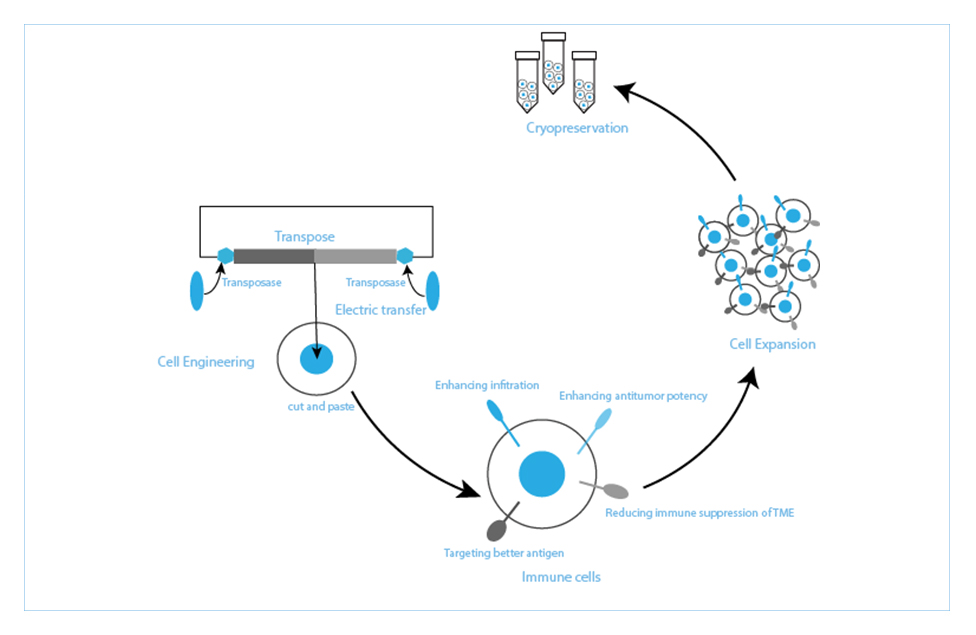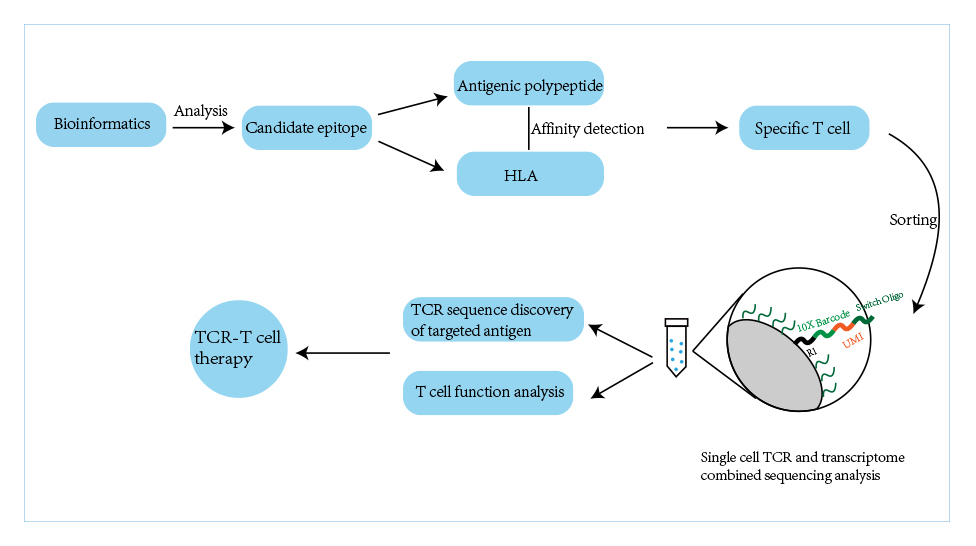

Universal Cell Platform(TyUCell®)refers to the use of gene editing technology to transform allogeneic immune cells to eliminate immune rejection.
lEARN MORE TyUCell®The Quikin CAR-T Platform(Quikin CART®) generates T cell products with gene knockout and stable integration of CAR cassette in one step through CRISPR gene editing technology.
lEARN MORE Quikin CART®Enhanced T cell Platform(HyperTCell®), including HyperCART ® , are mainly to solve the global highlighted problem in solid tumor therapy through genetic modification of T cells.
lEARN MORE HyperTCell®The in vivo CAR-T platform represents an innovative approach that enables direct in vivo delivery of chimeric antigen receptor (CAR) genes into a patient’s T cells, thereby generating functional CAR-T cells internally.
lEARN MORE In vivo CAR-TEnhanced T Cell Platform (HyperTCell®), including HyperCART® , are mainly to solve the global highlighted problem in solid tumor therapy through genetic modification of T cells. HyperCART® takes improving the clinical efficacy of CAR-T in solid tumors as its core purpose. Based on the concept of synthetic biology, HyperCART® adopts efficient gene delivery system to target tumor cells specifically, reverse the immuno suppressive state and improve the predicament of difficult infiltration and poor efficacy of traditional CAR-T in solid tumor therapy.

